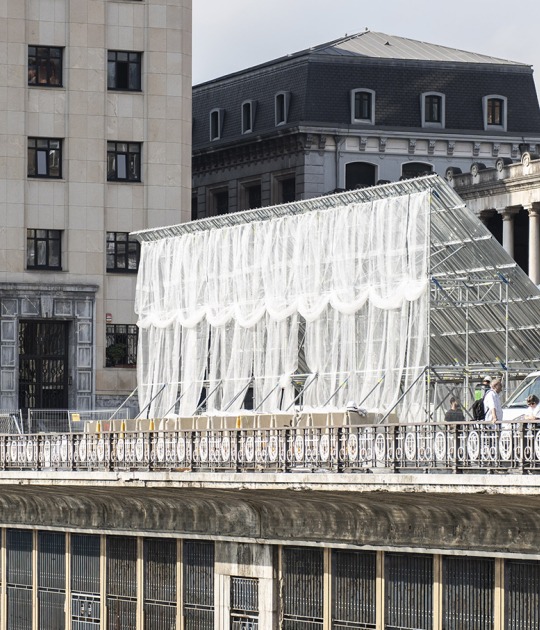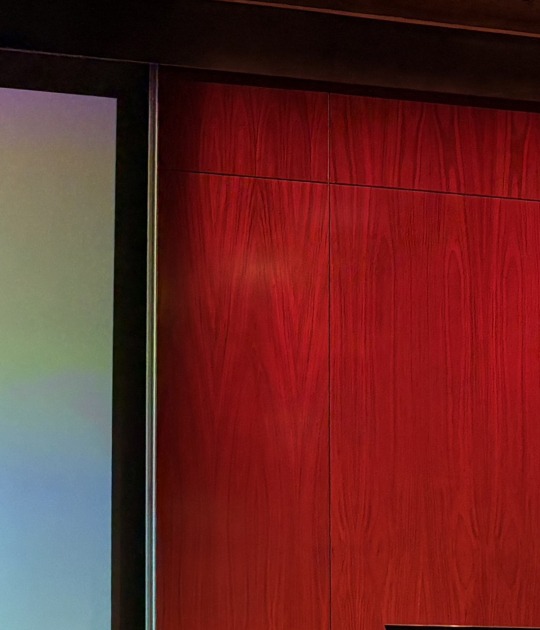On the occasion of his birth, MAXXI is devoting an exhibition produced in collaboration with the Fondazione Bruno Zevi to the great historian, lecturer, critic, politician and designer and to the modern and contemporary Italian architecture he supported and promoted through his work. ZEVI’S ARCHITECTS
Curators Jean-Louis Cohen and Pippo Ciorra have divided the exhibtion’s contents into three categories or three principal levels of narration. The first is an “illustrated” summary of Zevi’s biography, reconstructed through his words and his public actions. The second presents a selection of projects and architects published in his books and magazine, commented on in his own words. The third level tackles his acrobatic activism in the field of the communication of architecture: writer, editor, consultant to broadcasters and publishers, curator of epochal exhibitions (such as those of Michelangelo and Brunelleschi), Bruno Zevi explored the length and breadth of the communicative possibilities of architecture and in many cases proved to be a pioneer, particularly in the field of low cost publishing and radio and television broadcasting.
Curators Jean-Louis Cohen and Pippo Ciorra have divided the exhibtion’s contents into three categories or three principal levels of narration. The first is an “illustrated” summary of Zevi’s biography, reconstructed through his words and his public actions. The second presents a selection of projects and architects published in his books and magazine, commented on in his own words. The third level tackles his acrobatic activism in the field of the communication of architecture: writer, editor, consultant to broadcasters and publishers, curator of epochal exhibitions (such as those of Michelangelo and Brunelleschi), Bruno Zevi explored the length and breadth of the communicative possibilities of architecture and in many cases proved to be a pioneer, particularly in the field of low cost publishing and radio and television broadcasting.
No to the architecture of repression, classicist baroque dialectal.
Yes to the architecture of freedom, dangerous anti-idolatrist creative
Yes to the architecture of freedom, dangerous anti-idolatrist creative
Bruno Zevi.
Through drawings, models and other visual materials, the exhibition intends to clarify the fundamental role played by Zevi in the Italian post-war architectural debate, highlighting the importance of the relationship between architecture and active politics.
Maurizio Sacripanti, Luigi Pellegrin, Franco Albini, Giovanni Michelucci, Mario Ridolfi and Carlo Mollino are just a few of the 35 featured architects whose designs, published and supported by Zevi, accompanied his career in over 50 years of critical, militant activity.
ZEVI’S ARCHITECTS also sheds light on the role of Bruno Zevi within a essential phase of the history of post-war Italian architecture, a period of incredible vitality and commitment to which the Roman historian played a leading role in all the crucial moments. The exhibition also documents Zevi’s direct and militant activism in the political life of the country and the battle to bring democracy to Italy in the years of the Second World War. Active in spreading anti-fascist propaganda in the years of his exile, from Boston and London, an unrepentant member of the Partito d’Azione from its birth, a Socialist, a member of parliament with Pannella’s Radical Party, ever open to polemics and debate, Zevi was a pioneer of the techniques of communications, introducing media and instruments never previously used to talk about architecture such as radio, television and low cost and ultra-low cost publishing.
This exhibition is part of the programme organized by the National Committee for the Celebrations of the Centenary of the birth of Bruno Zevi.


























